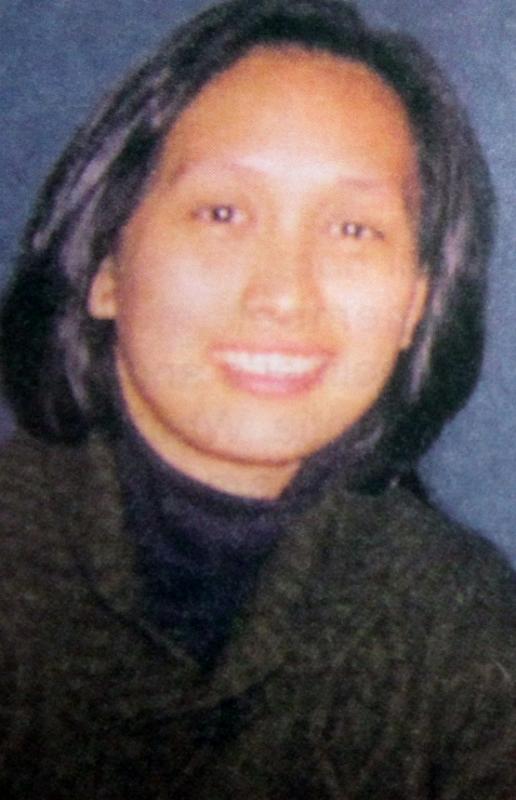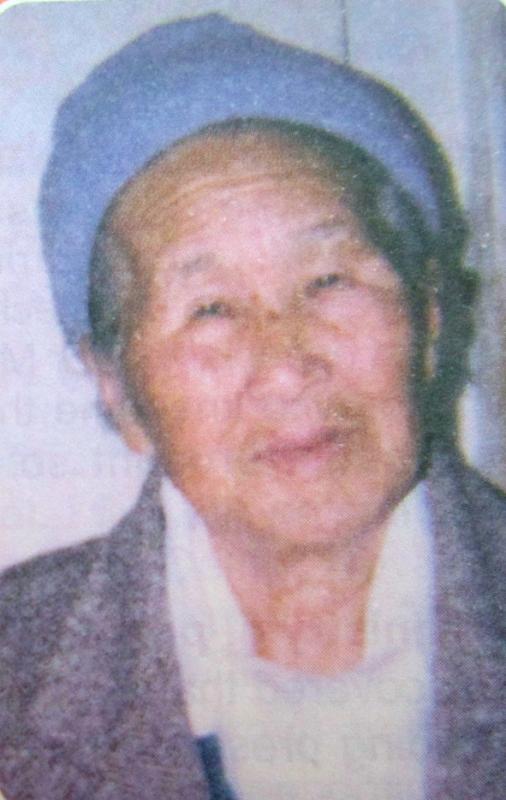Partners In Mission
By Rheena Babanto
Former Columban lay missionary Rheena Babanto now works as a college counselor at St Scholastica’s College, Manila.
 We arrived in Korea in April 1997, springtime. I can still remember how bulky we looked because of our three or four layers of clothing to battle the cold Siberian wind. We spent nine months learning the language. During that period I went once a week after class to a kind of day care center in a poor area in Seoul. Children with both parents working are sent there for the day. I taught them English nursery songs. I remember the first time we met, they stared at me with amazement, telling me how big my eyes were. They often looked confused when I struggled to speak Korean. The fun the children shared with me made the stress of learning the language more bearable.
We arrived in Korea in April 1997, springtime. I can still remember how bulky we looked because of our three or four layers of clothing to battle the cold Siberian wind. We spent nine months learning the language. During that period I went once a week after class to a kind of day care center in a poor area in Seoul. Children with both parents working are sent there for the day. I taught them English nursery songs. I remember the first time we met, they stared at me with amazement, telling me how big my eyes were. They often looked confused when I struggled to speak Korean. The fun the children shared with me made the stress of learning the language more bearable.
After language school I lived and worked in Shillim 10-dong, a poor urban community in Seoul. It had been a mountain village of small houses close to one another. By this time many apartments had been built and more were going up in most of the area. But there’s still a small remnant of the original village, a neighborhood called San-Tongne. To live out the Columban charism of going out and sharing the Good News with the poor and marginalized … that’s the call I’m convinced I had responded to and had gone there for. But seeing a different kind of poverty than I had experienced and saw back home raised questions for me as to who the poor and the marginalized were from my standpoint. In an industrialized country like Korea, I knew I had to adjust the way I understood and saw poverty.
In connecting with a group of young adults who visit the sick elderly living alone at home, I saw that old people are marginalized. The fast-paced, individualistic lifestyle developing with the growth of the country’s economy and technology, leaves way behind old people and others who cannot catch up. With their lower energy-level and productivity, it’s not easy to flow with the rat race, something clearly reflected in their use of everyday words such as ‘pali-pali’ (to hurry), ‘papa-yo’ (to be busy) and ‘es-tres’ (stress).
During my second month in the area, I attended a kind of graduation party for old people who had been attending a weekly gathering for a semester, sponsored by the parish. When it was finished and I was going home, I happened to see this old woman, with short white hair and severe-looking features, her back greatly stooped. She was waiting for the green light to cross the pedestrian lane. When the go signal flashed, I noticed that she didn’t move, while everyone else was crossing the street. I hurriedly came to her side and told her when it was time for us to cross. That was how I first met Anna Hal-mo-ni or Lola Anna.
 While walking with her to her house, I found out that she had poor eyesight and it was hard for her to see things clearly from afar. She’d been living in the area for many years since she’d moved from the province and so she knew the Columban missionary priests who had lived with them years back in San-Tongne. When she knew that I was a Columban missionary, she stopped walking, faced me and said, ‘Thank you for coming a long way.’
While walking with her to her house, I found out that she had poor eyesight and it was hard for her to see things clearly from afar. She’d been living in the area for many years since she’d moved from the province and so she knew the Columban missionary priests who had lived with them years back in San-Tongne. When she knew that I was a Columban missionary, she stopped walking, faced me and said, ‘Thank you for coming a long way.’
The second time we met was in the church and she wanted to see where I lived. So off we went. She was my first visitor and as soon as we entered, she prayed for peace and blessings for me as I lived within the community. My encounter with Anna Hal-mo-ni didn’t end there. One meeting followed another. I visited her house, ate meals, laughed, prayed and cried with her. She was living in a small room in the basement of a three-floor villa. Even at 84, with failing eyesight, and a bent back which made her use a cane at times, she managed to live on her own. She had three sons and two daughters, all married. In Korea, the first son is the one to take care of the parents, but Anna Hal-mo-ni chose to live by herself because of problems in relating with daughters-in-laws. Instead, her family regularly gave her enough money to live by.
There would be times she would cry upon seeing me, especially when we hadn’t met for quite some time. When she was sick, she cried out her loneliness. And when she was happy she’d clap her hands -- and feet! -- leaving me open-mouthed seeing how comfortable she was with me. I thought to myself, ‘I meet loneliness now and again in my journey through life, but this old lady knows loneliness only too well, as she had been with her spouse and children for most of her life and is now living alone.
She married at 18 and became a Christian at 21. Her husband died ten years before I met her. Aside from some minor accidents like missing her step in the street or on the stairs, causing her to have bruises, Anna Hal-mo-ni’s health was remarkably good. She managed to get around her room and prepare her meals. Most Korean houses have their heating system, which they call On-dol, under the floor, that’s why they eat, sit and sleep on the floor, to keep themselves warm especially during the cold seasons.
Almost everyday Anna Hal-mo-ni was out visiting old, sick people living alone like herself. It was she who introduced me to another old lady who had grandchildren whose parents had walked away and left the children orphans. Most children of their age go to tutorial centers after school, but they couldn’t afford to do so. I was asked to help by tutoring them in English.
Several times I asked Anna Hal-mo-ni to let me join her in visiting, as I wanted to get to know people in the community. She willingly accommodated me and we’d visit homes together on certain days. Some homes welcomed us warmly while others refused to receive us. Whenever we saw old people sitting on the side of the street, Anna Hal-mo-ni would approach them even though she didn’t know them personally, and with an easy manner introduce the two of us. When we were walking together out the street, I marveled at the sight we cut. Neither generation, race, language nor energy-level blocked us as companions in mission. However, we knew one common language which brought us together and towards others: the language of love in which Jesus was our model.
